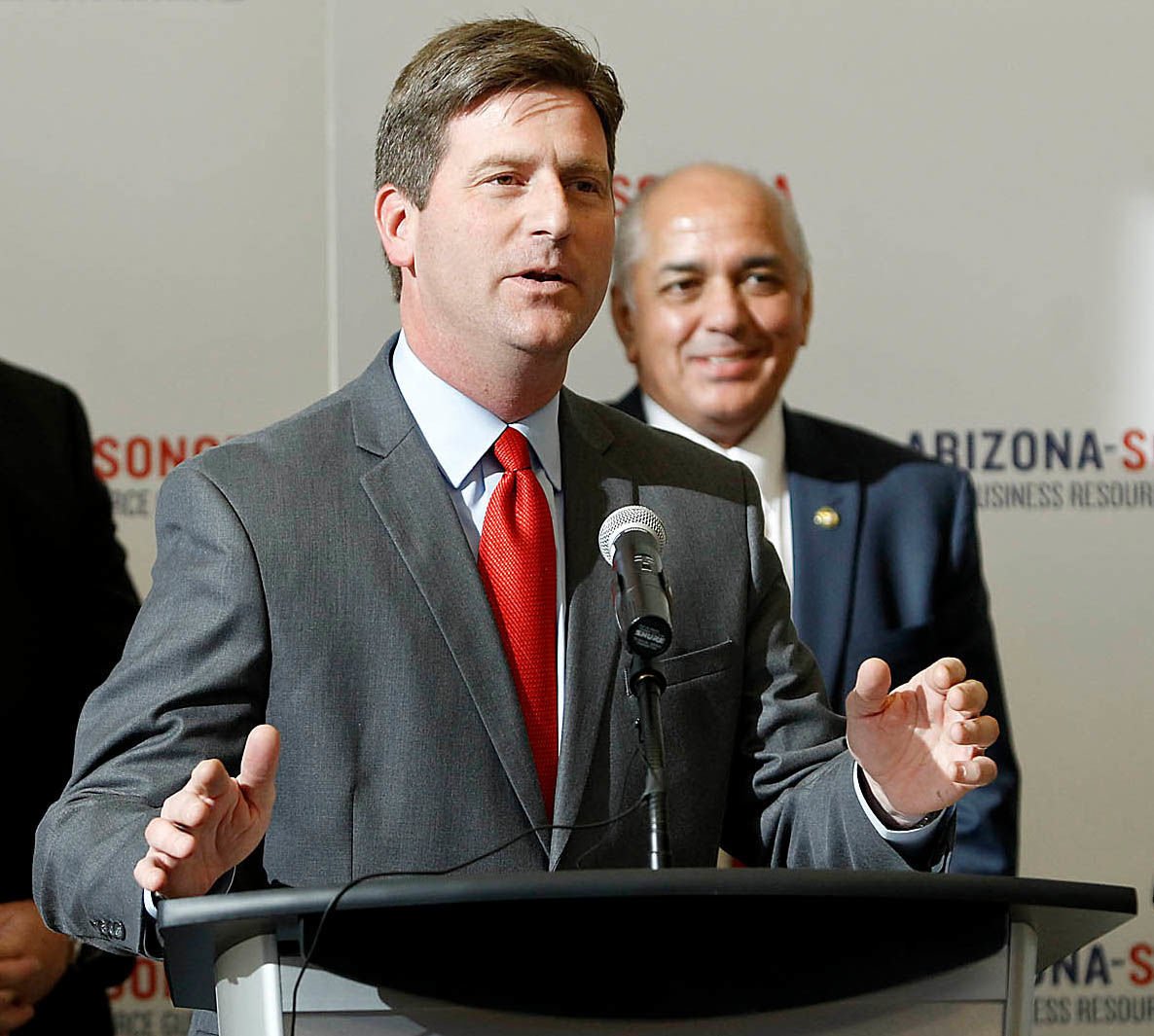PHOENIX — It looks like Arizona will gain some national political clout at the expense of California.
Or maybe Illinois. Or Michigan.
An analysis of the latest Census Bureau numbers by Election Data Services shows Arizona is virtually certain to gain a congressional seat after the 2020 census.
That’s because the population here — up about 871,000 since 2010 — has grown faster in the past decade than the national average. The actual figure to date is a 13.6% increase, the seventh fastest rate in the country.
That would bring us to 10 members of the U.S. House.
But congressional representation is a zero-sum game. There are only 435 seats to go around.
So the states that haven’t kept pace will have to shed a member of the U.S. House of Representatives to make up for the gainers.
Not surprisingly, that includes states in the Northeast and Midwest.
The new figures show the national population up 6.1% since 2010. But Ohio grew by just 1.3% in that same time. New York was up just 0.3%. Vermont, Connecticut, Illinois and West Virginia lost residents.
And California? While it added nearly 2.2 million people during the same time, it still did not keep pace with the national average.
Arizona isn’t the only state that will have more representation on Capitol Hill after the 2022 election, the first election after the formal allocation of seats takes place. Some other states are adding residents even faster, with Election Data Services data suggesting Florida is in line for two more seats and Texas likely to pick up three.
But the allocation will be only as good as the decennial count, said Election Data Services President Kimball Brace.
And even though the Trump administration dropped plans to ask whether people are citizens, just the fear of giving information to government employees could depress the count in states with a higher-than-average number of immigrants, legal and otherwise, Brace said.
“It’s likely to have an impact,” he said. “We’ve seen that elsewhere and at other times.”
But if Arizona does get a new congressional seat — and the numbers strongly suggest that will happen — that will have political implications for the decade to come, said Chuck Coughlin, who is with the political consulting firm HighGround.
It’s not a simple matter of plopping down a new district in the middle of the state. The Independent Redistricting Commission will have to redraw all the lines with the goal of creating 10 districts with equal population. And that means some members of Congress will find they have different constituencies they have to appeal to in 2022.
The big population gains in the past decade have largely been in Maricopa County and, to a lesser extent, spillover into Pinal County.
Coughlin said that likely means the congressional district now occupied by Democrat Greg Stanton is likely to shrink in area. That could cut his partisan edge.
And that, in turn, could push some of his Democratic constituents into neighboring districts that are now represented by Republicans Andy Biggs in the Southeast Valley sections of the county and David Schweikert, who represents the Scottsdale area.
Coughlin said such a move is legally mandated.
When voters created the Independent Redistricting Commission in 2000 they required the bipartisan panel to consider a variety of factors, like respecting communities of interest, using county boundaries when possible and having districts of roughly equal population. The commission also is required to create as many politically competitive districts as possible. So there is a mandate of sorts to take what have proven to be “safe” districts — like those occupied by Biggs and Schweikert — and find ways to even them up by voter party registration.
Coughlin also said a 10th district could lead to pressure to create a “river district,” possibly tying the northwest Arizona district represented by Republican Paul Gosar into the Yuma area, and with it, putting more Democrats into the mix.
That, in turn, could have a ripple effect, with Gosar potentially losing areas of Yavapai, Gila, Pinal and Maricopa counties he now represents, and Democrat Raúl Grijalva losing some his Yuma constituency.
Then there’s the question of how to redraw the huge largely rural district now represented by Democrat Tom O’Halleran. It currently stretches all the way from the state’s northern and eastern borders down as far as Tucson’s northern suburbs and then back into Maricopa, Casa Grande and Globe.
Brace also noted that the final allocation of congressional seats is not simply taking the national population and dividing it by 435 to decide which states get what. Each state is entitled to one representative, no matter how small.
So Wyoming gets one of the 435 seats even though the latest census data put its population at about 580,000, less than one 435th of the national figure.





